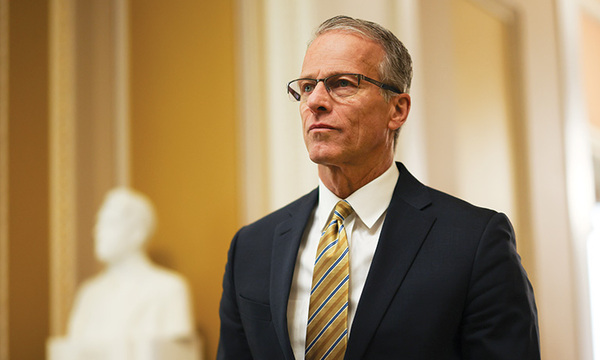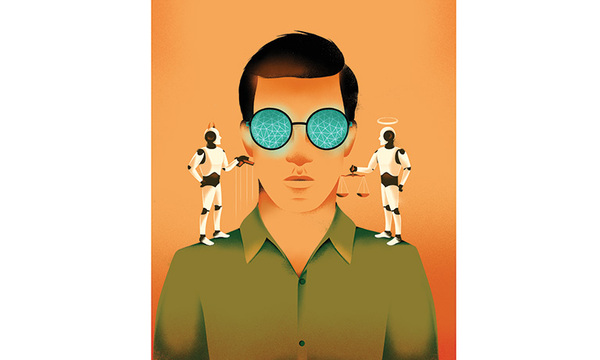In his 11 years as a youth pastor, Jim Britts (’99) has come to know a thing or two about teenagers. For one: Life as a high school student seldom looks anything like how it’s stereotypically portrayed in movies — especially those of the Christian variety.
So when Britts decided to write his first film, To Save A Life— which hits theaters nationwide in January — he was determined to capture some of the very real struggles that students face every day, while also challenging viewers to take an authentic look at faith.
“Teenagers are dying to be heard,” says Britts, next generation pastor at New Song Community Church in Oceanside, Calif. “There’s so much pain out there; they’re dying to be heard. [To Save A Life] tells their story.”
The film, which Britts wrote and produced, centers on a high school athlete’s confrontation with the pain outside the ease of his popularity. Viewers follow basketball star Jake Taylor’s journey when he decides, after a tragic accident involving a childhood friend, to reach out to students he perceives are lonely and in pain. However, when Jake decides to follow God, everything in his life begins to fall apart.
“And that’s reality,” Britts says, reflecting on his pastoral experience. “I’ve watched tons and tons of film, [including] a lot of faith-based films, where someone accepts God and that’s the answer and everything goes well from there on.”
He didn’t want To Save A Life to convey this simplistic message. So, it asks instead if students will face this type of struggle with perseverance, trusting God’s sovereignty as they seek to help friends who are lonely and in pain.
To Save A Life will be screened over 100 times across the country before it hits theatres on Jan. 22. Thus far, these screenings have generated the response they hoped for: Beyond the entertainment value, students and youth workers alike appreciate the hope the film introduces to the problems teens face on a daily basis. And few have taken issue with the PG-13 content.
In fact, according to the film’s Web site, a deputy sheriff from Florida said after viewing the movie that it would make his job easier. The wife of a youth leader in Ohio said after viewing a screening in her city: “I can’t wait for my kids to see it.”
While at Biola, Britts planned to go into filmmaking, earning a degree in film. However, an internship with a church youth group his senior year redirected his life to full-time ministry.
Since then, he has often questioned why God did not lead him to major in Christian education. Yet he never would have written a film at all had he not majored in screenwriting, and he would never have written a film like To Save A Life directly after Biola.
“It only came from this real experience of working with teens,” Britts says. “Looking back on it, I think he had a plan for me being a screenwriting major and to get a heart for that and then to go into ministry and get a heart for that. … The two really connected. I don’t think I could have written the script if I didn’t do both.”
Britts’ wife, Rachel (’99), also helped with the film. Along with helping on the set design of the film, Rachel was able to use her English degree to take the screenplay and transform it into a novel that came out on Oct. 15. Because so many scenes had to be cut from the film for editing purposes, the book has twists and turns that the movie doesn’t. The film is further supplemented by curriculum for youth groups, which can be obtained via the movie’s Web site: tosavealifeleaders.com.
With the film, the book and the curriculum, the hope has always been to empower. The results have been encouraging so far, Jim said. He remembers in particular receiving an e-mail from a young girl in response to the film. She simply wrote that the film empowered her to decide to quit cutting and to get help.
Rachel, who is a high school English teacher, has seen a similar impact. She was able to let a student who has suffered the loss of two friends to suicide read the script for the film.
“The next morning, he was waiting at my classroom door, tears in his eyes,” Rachel said. “He had finished reading it throughout the night, and ultimately he joined our youth group and became a Christian.”
“The coolest part,” Rachel said, “is realizing over and over again how God’s hand has been all over [this experience].”
She said she and her husband often look at each other, shaking their heads in disbelief and ask, “Is this really happening?”
 Biola University
Biola University


